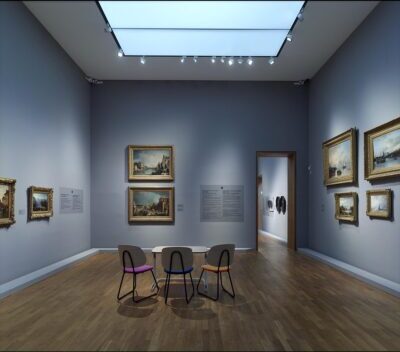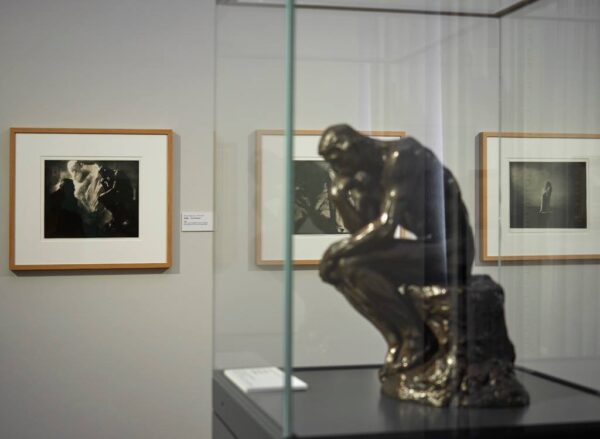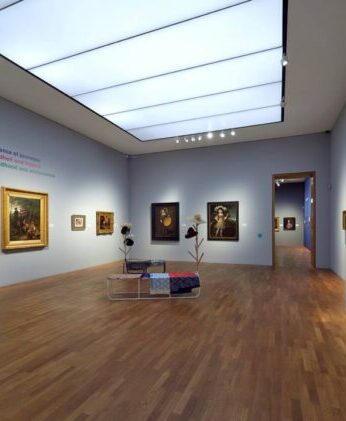Villa Vauban-Musee d’Art
Villa Vauban-Musee d’Art is an excellent museum of art, a mansion that houses three separate collections that were bequeathed to the city. The collection of Jean-Pierre Pecatore, Leo Lippmann’s collection, and the Frederic Hochhertz collection.

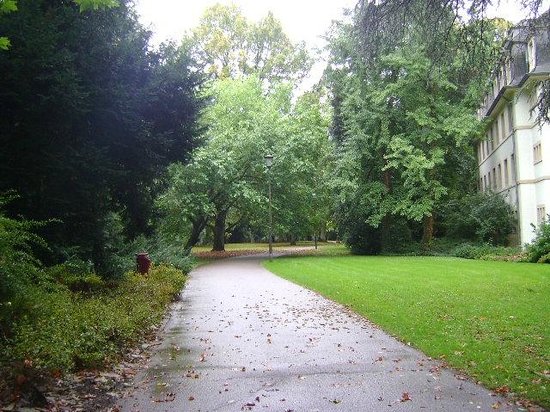
During the excavations for the construction of the underground Monterey car park, the remains of the pentagonal Lambert Redoubt that was built in 1685 were uncovered. The tower of Villa Louvigny, the headquarters of the Compagnie Luxembourgeoise de Télédiffusion, the forerunner of the RTL Television Group to the north operates as a beacon for the direction one has to take to reach another important attraction of the city, Villa Vauban-Musee d’Art de la Ville de Luxembourg.
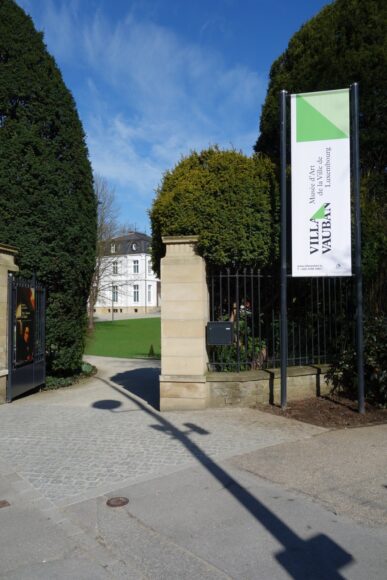
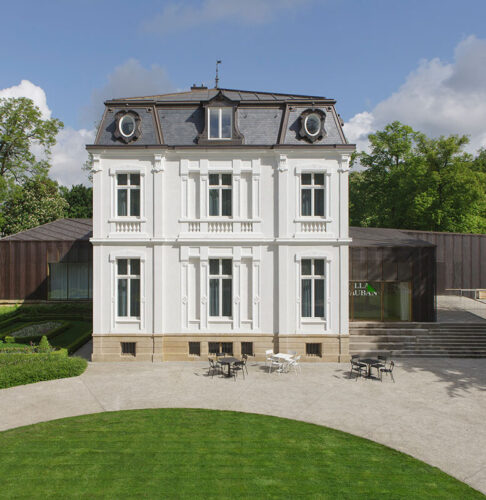
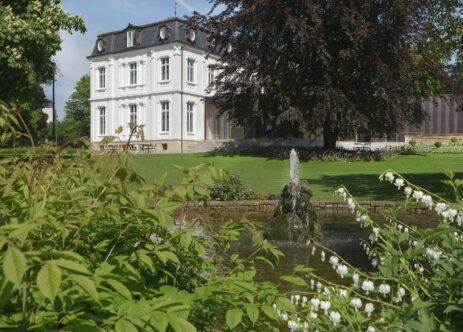
Crossing through the beautiful flowerbeds, trees and lawns, and various sculptures of Edith Klein Park and just after you pass Villa Louvigny heading north you encounter the 19th century neoclassical Villa built in 1873 as a private residence of the native glove manufacturer Gabriel Mayer.
In 1874 it was purchased by a steel manufacturer who owned it until 1912 it came into the hands of the industrialist Norbert Le Gallais who held it until 1949 when it finally passed to the City of Luxembourg. The City turned the villa into the seat of the European Court of Justice until in 1959 it was once more refurbished to become an art museum.
From 1991 to 1995 the building served as the official residence of Grand Duke jean & Grand Duchess Joséphine Charlotte while renovation work was being carried out at their Palace. Today the Villa Vauban City Art Museum exhibits the works of three separate collections that were bequeathed to the city.
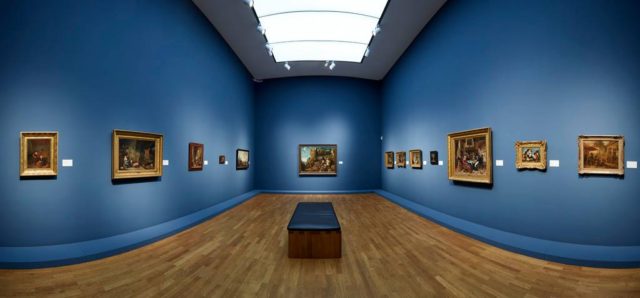
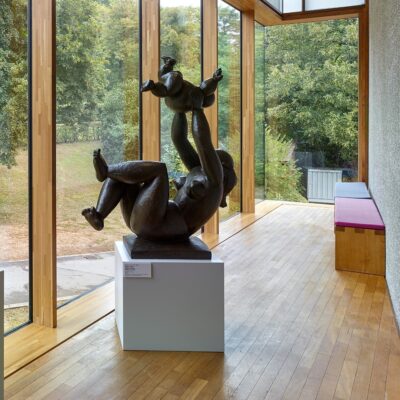
The collection of Jean-Pierre Pecatore (1793-1855, Banker) is made up primarily of 17th-century Dutch paintings, contemporary French works as well as sculptures and drawings. The second, Leo Lippmann‘s collection (1808-1883, Banker & Consul general of Luxembourg in Amsterdam) consisted mainly of 19th-century art. The third belonged to Frederic Hochhertz (Pharmacist) and is mostly comprised of history paintings, still life, and portraits. The Dutch Golden Age collection includes works by Gerrit Dou, Jan Steen, Eugene Delacroix & Jules Dupré. More
